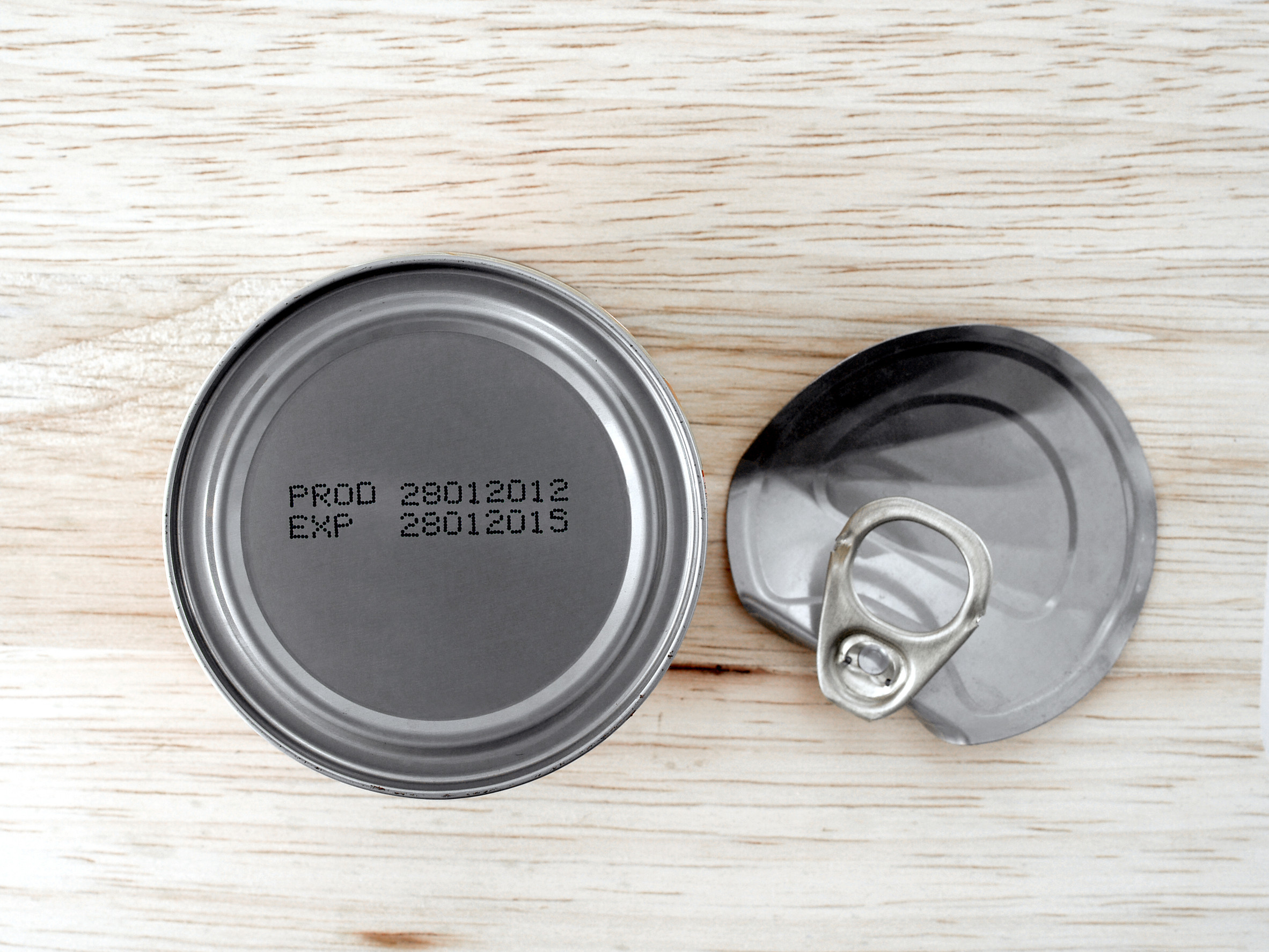How many times have you tossed something from the fridge just because the date stamped on it came and went? You’re not alone—and you’re not necessarily right. Many people misunderstand expiration dates, leading to unnecessary waste and money down the drain. The truth is, those dates often reflect the best quality rather than actual safety. So before you panic over that yogurt or box of pasta, here’s what you really need to know about what can safely stay on your shelf a little longer.
1. “Best By” vs. “Sell By” vs. “Use By”: Know the Difference

Image Source: 123rf.com
The first thing to understand about expiration dates is that they aren’t all created equal. “Best by” indicates peak flavor or freshness, not when a product becomes dangerous. “Sell by” is meant for stores—not consumers—and helps guide shelf rotation. “Use by” is the only date that’s even close to a safety guideline, and even then, it’s often overly cautious. Learning these distinctions can help you decide what to keep and what to toss with confidence.
2. Dry Pasta and Rice Can Last Years Past the Date
That box of spaghetti sitting in your pantry is probably fine—even if the date on the label is long gone. Dry pasta and rice are low-moisture foods, which means they’re far less prone to spoilage. Stored in a cool, dry place and sealed properly, they can last anywhere from 1 to 3 years beyond the printed date. Just check for bugs, off smells, or discoloration before cooking. For pantry staples, the expiration date is more of a suggestion than a rule.
3. Canned Goods Are Built to Last
Canned soups, beans, vegetables, and fruit are designed with a long shelf life in mind. Most canned foods can last 1–5 years past the printed expiration dates, as long as the can is intact. If there’s no rust, bulging, or dents near the seal, it’s likely still good. The flavor or texture might decline slightly over time, but the food remains safe. Always inspect the can and contents before eating, but don’t be too quick to throw it out.
4. Yogurt Is Often Good for Weeks After the Date
If your yogurt is a few days—or even a couple of weeks—past its “sell by” date, it’s probably still safe. Sealed yogurt kept in the fridge can last well beyond its labeled expiration date, especially if it hasn’t been opened. Use your senses: if it smells sour, looks discolored, or has mold, toss it. But a slight tang or separation (that watery layer on top) is totally normal. Give it a sniff and a stir before you toss something perfectly edible.
5. Eggs Stay Fresh Longer Than You Think
Contrary to popular belief, expiration dates on egg cartons don’t always match their real lifespan. Stored in the refrigerator, eggs can stay good for 3–5 weeks beyond the “sell by” date. A great test? Place the egg in a bowl of water. If it sinks, it’s fresh. If it floats, toss it. The simple water trick can save you from throwing away eggs that are still perfectly safe and usable.
6. Hard Cheeses Can Be Saved, Even with Mold
Found a fuzzy patch on your block of cheddar? Don’t panic. Hard cheeses like cheddar, Parmesan, and Swiss are dense and low in moisture, meaning mold usually stays on the surface. You can simply cut off at least one inch around the moldy area and keep the rest. For softer cheeses, it’s best to play it safe and toss the whole thing. But when it comes to the harder varieties, expiration dates don’t have the final say.
7. Bread Can Be Frozen to Extend Its Life
Bread may go stale or moldy quickly at room temperature, but freezing it is a game changer. If you know you won’t eat it in time, slice it and freeze it. It can last up to three months and still taste great when toasted. Don’t rely solely on the printed expiration date—look, sniff, and feel before you throw away a loaf. Mold is the only clear sign it’s time to let go.
8. Condiments and Sauces Stick Around
Mustard, ketchup, soy sauce, and hot sauce all have surprisingly long shelf lives. Even after opening, they can stay safe for months—sometimes over a year—especially when kept in the fridge. The acids and preservatives in these products help prevent bacteria growth. Pay more attention to color, texture, and smell than expiration dates. If it looks off or smells weird, toss it—but don’t throw it out just because the bottle says it’s a week past due.
Stretch Your Food—and Your Budget
Understanding expiration dates can help you waste less, spend less, and make smarter decisions in the kitchen. So many foods are tossed prematurely simply because we’ve been taught to trust the date over our senses. But a sniff, a taste, and a quick visual check often provide better guidance. The more you know, the more you can save—and the less you’ll throw away unnecessarily. Your fridge and pantry might just be full of perfectly good meals.
Have you ever eaten something “expired” and been totally fine—or totally wrong? Share your experience in the comments, and let’s compare notes on what’s still safe to eat!
Read More
These 8 ‘Poor Man’s Meals’ Are Cheap, Filling, and Absolutely Delicious
8 Foods to Be Cautious About Ordering Via Grocery Delivery Services


